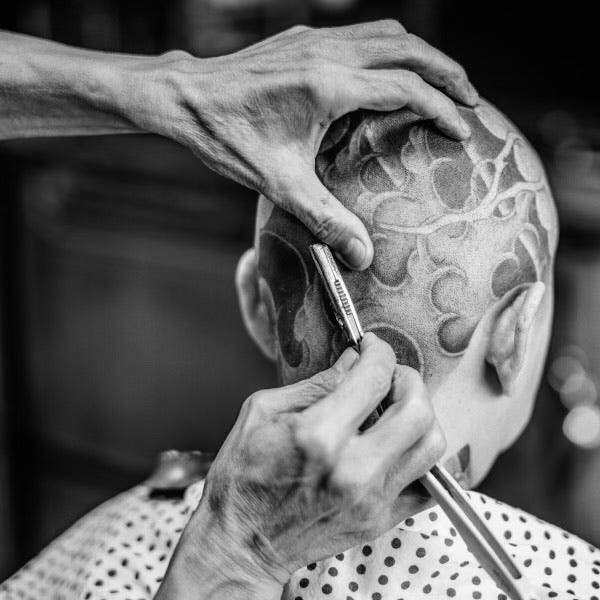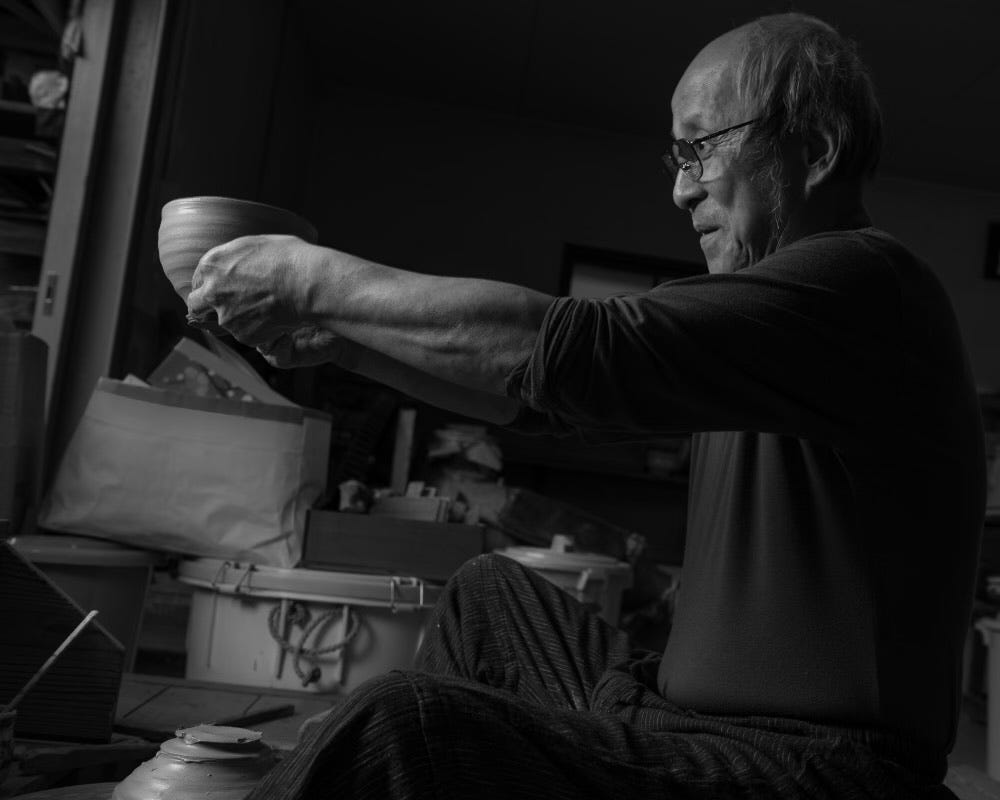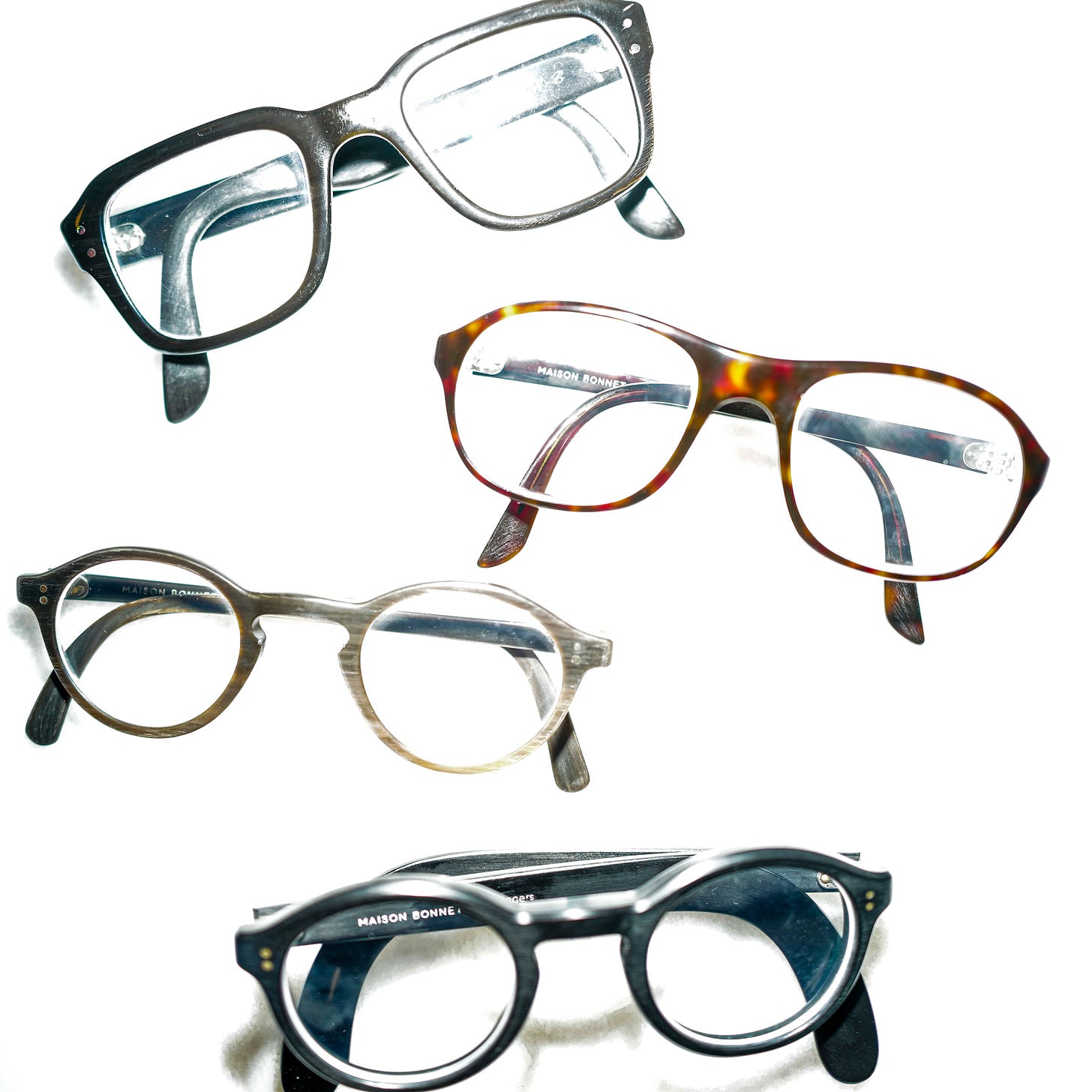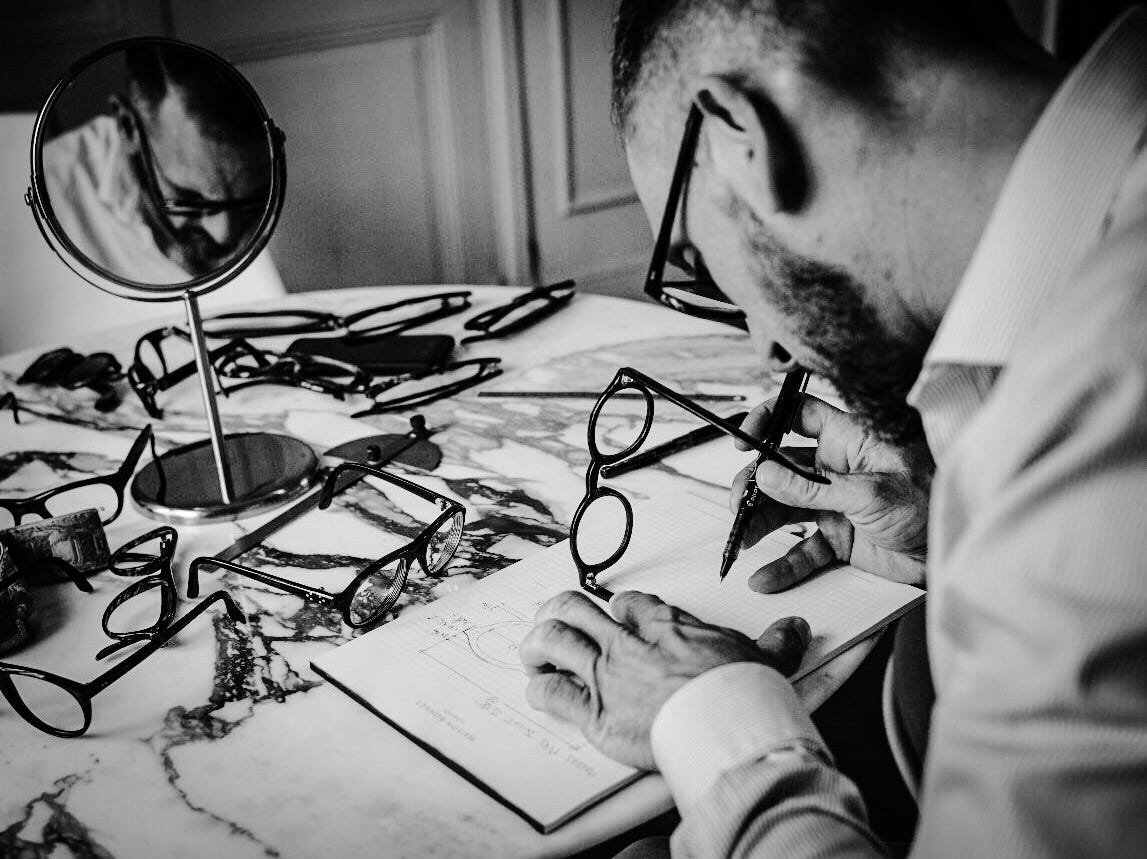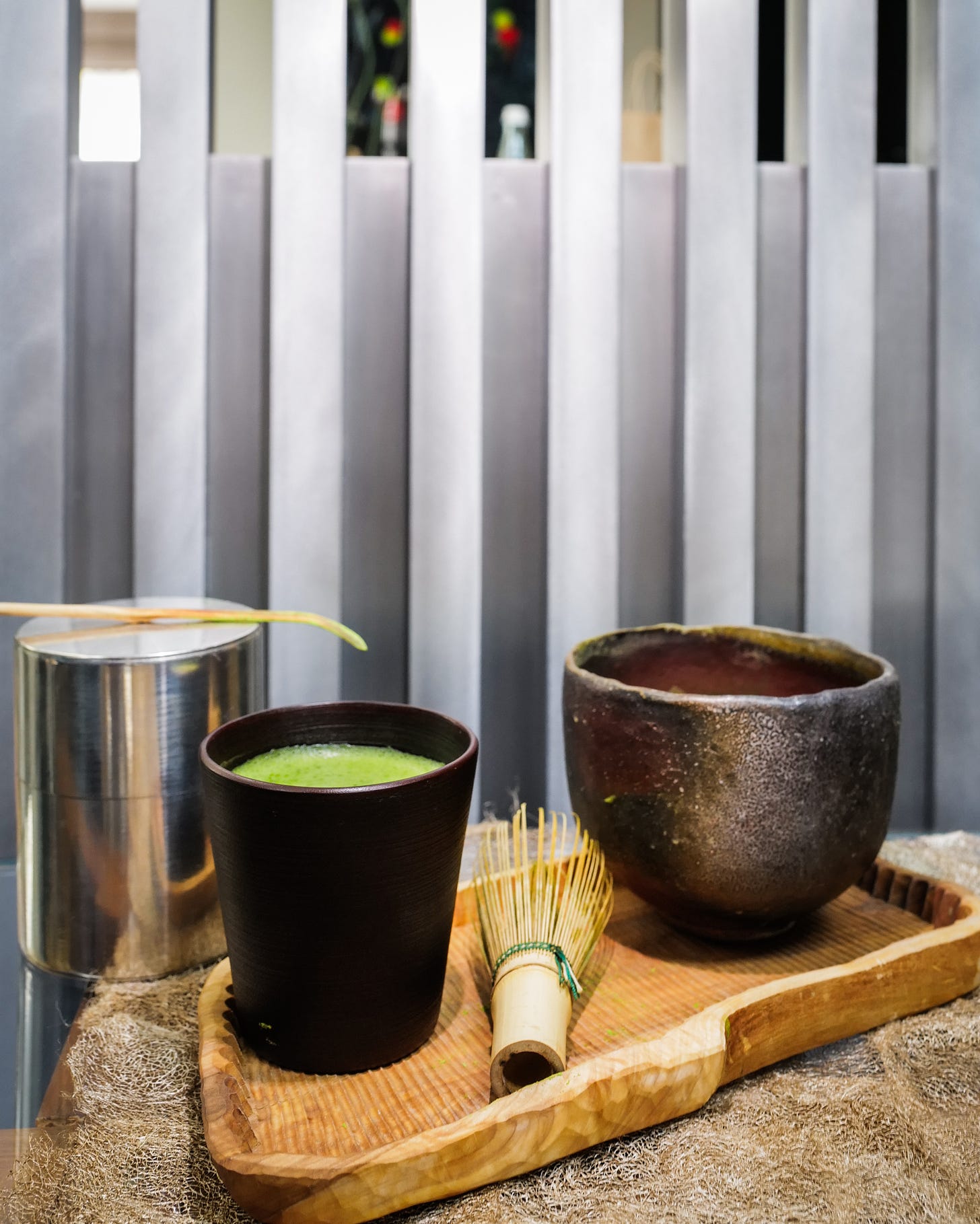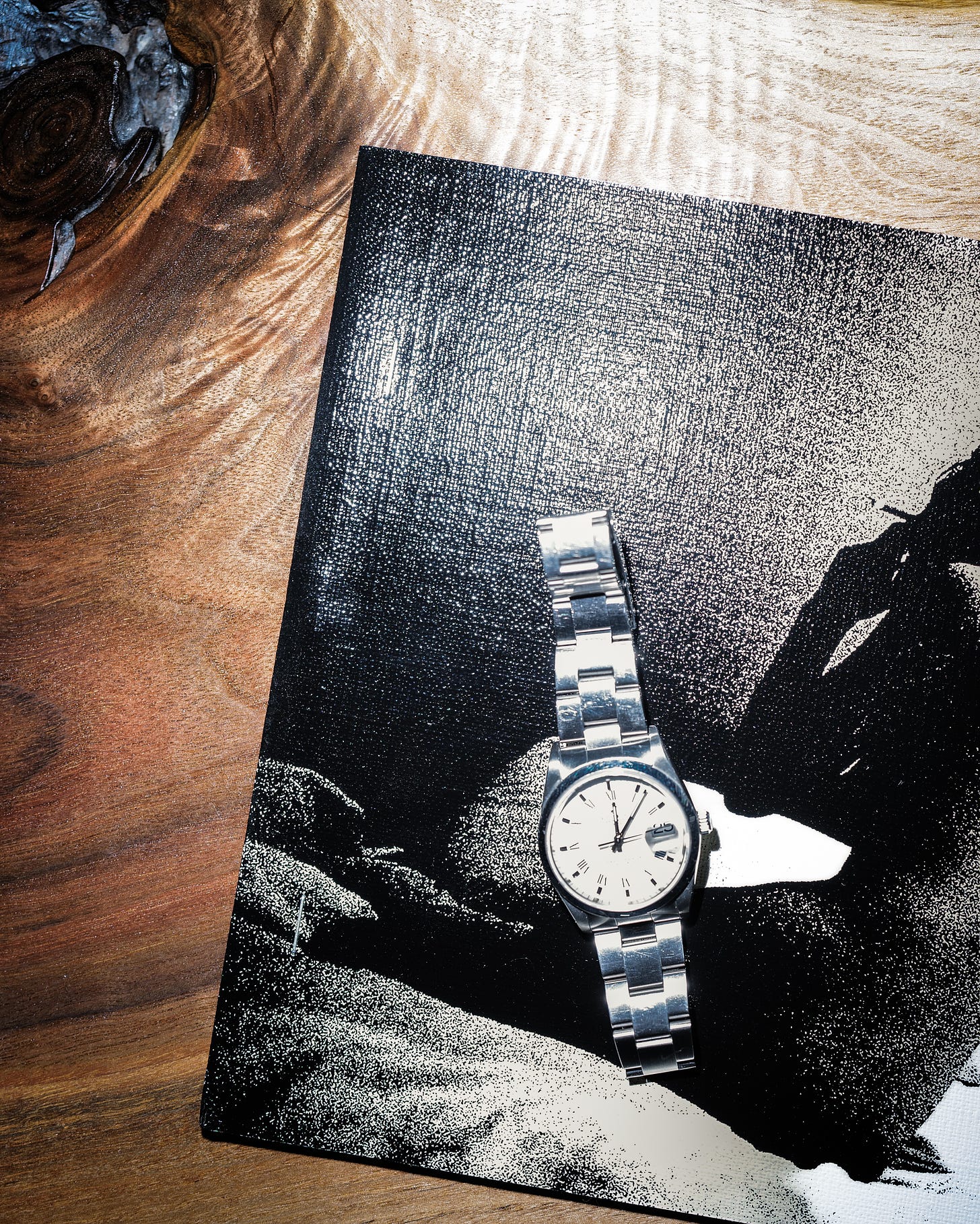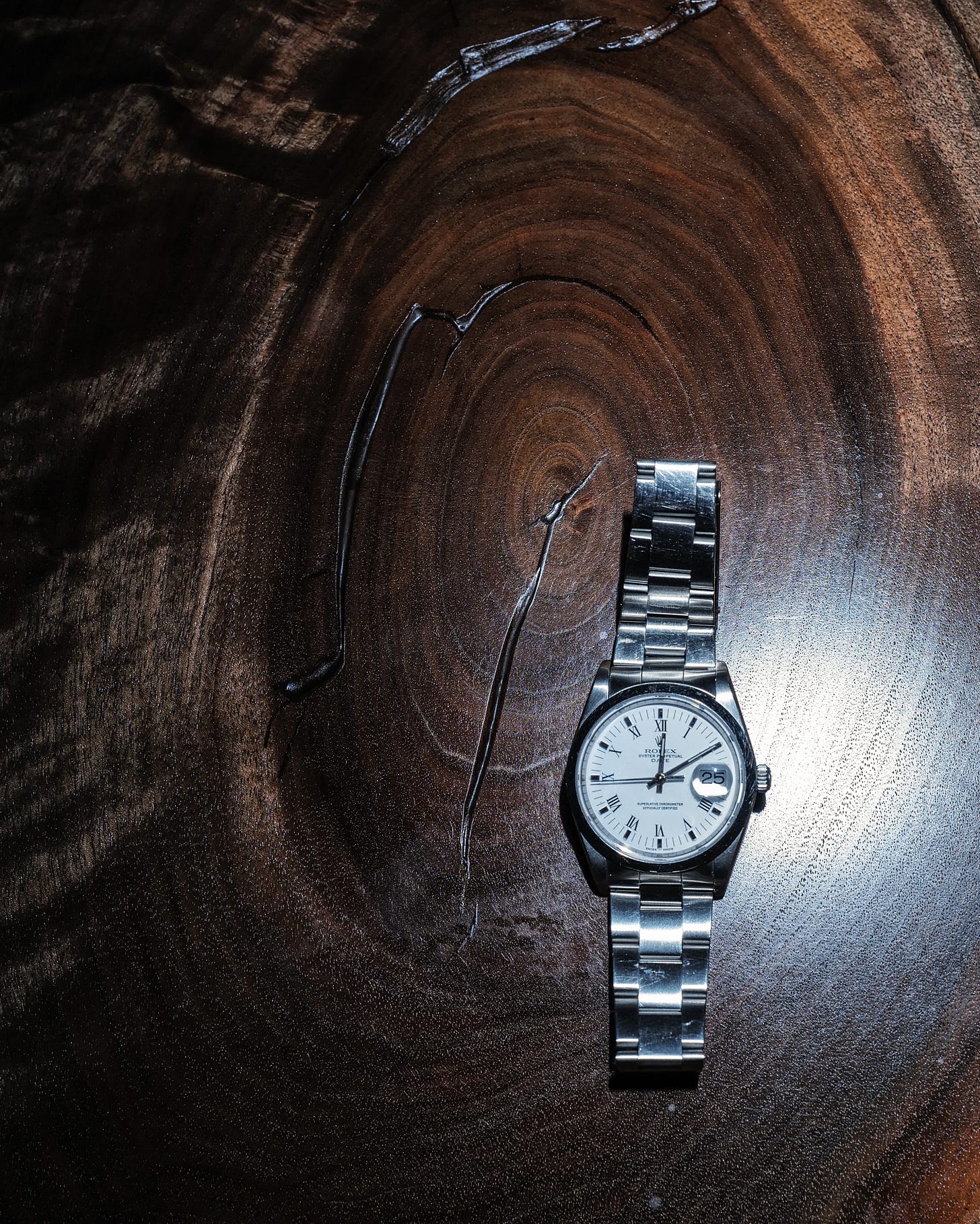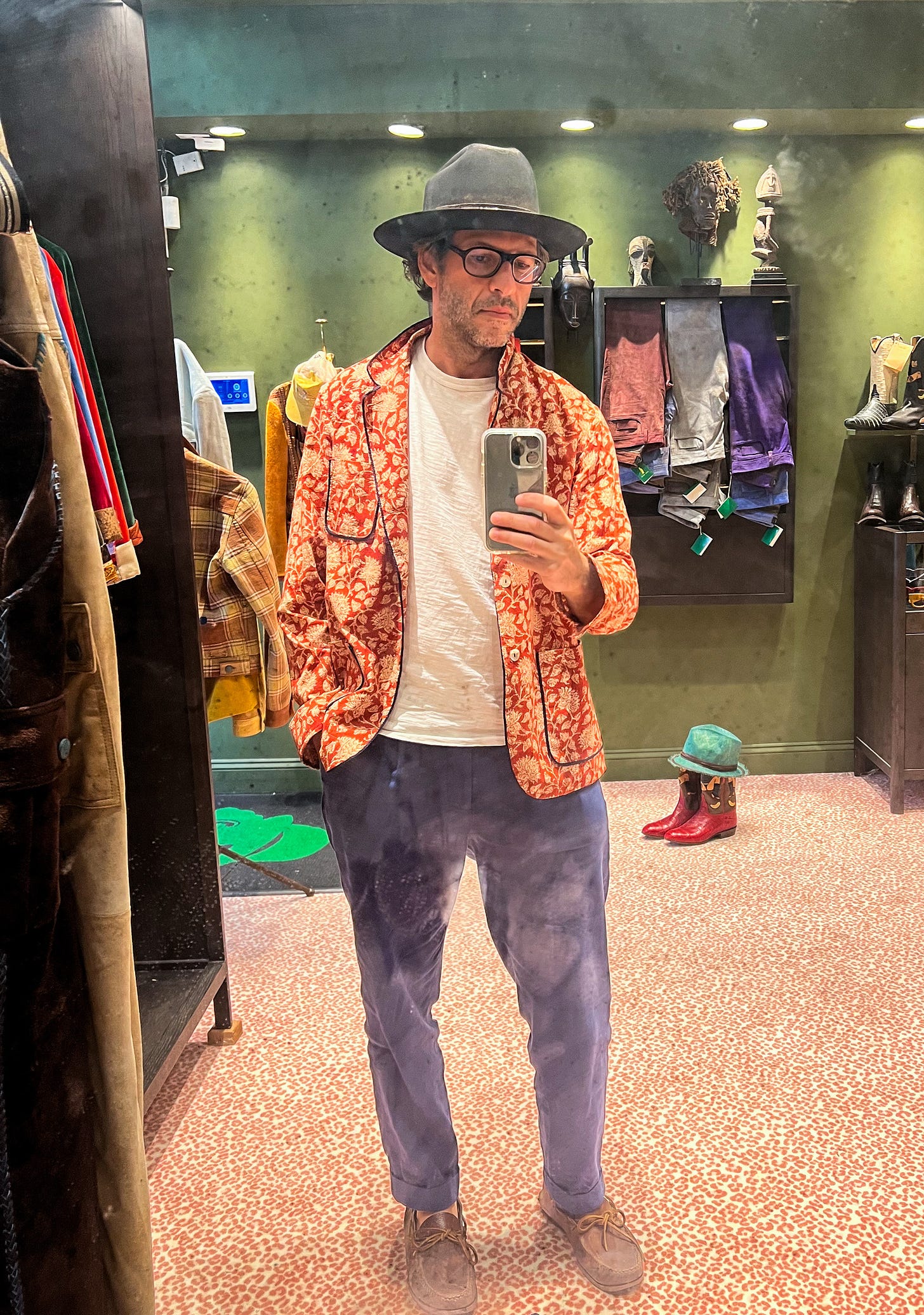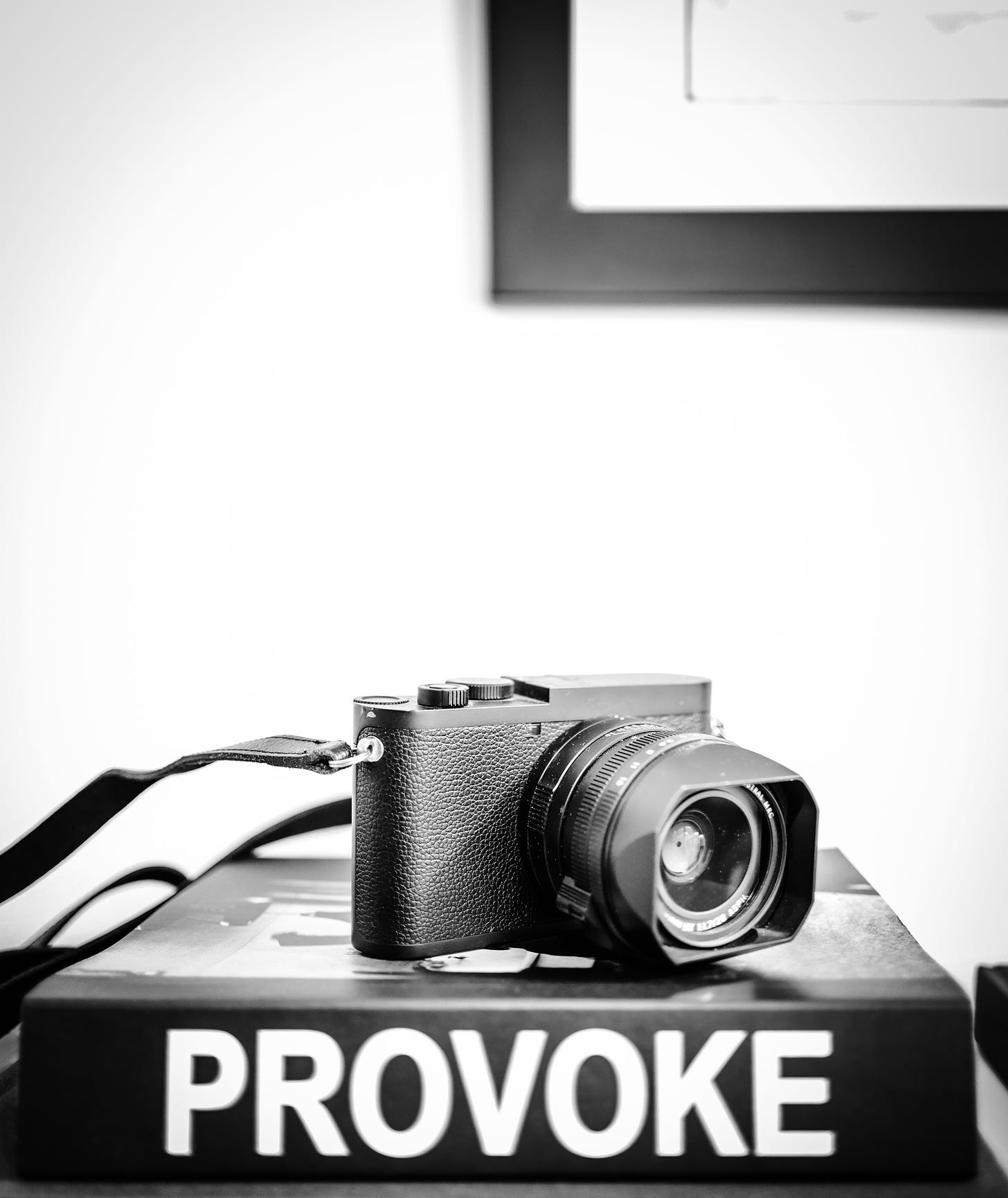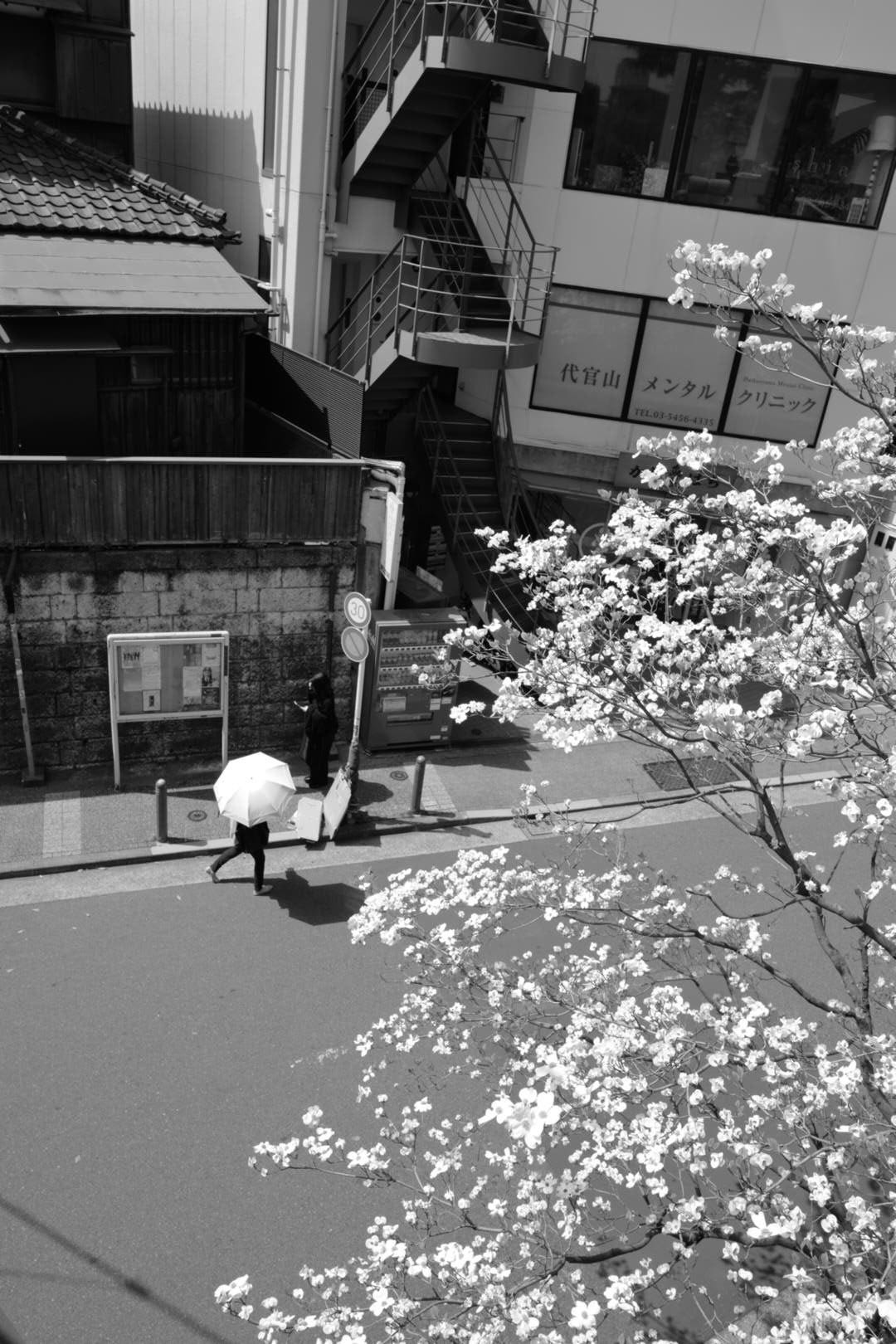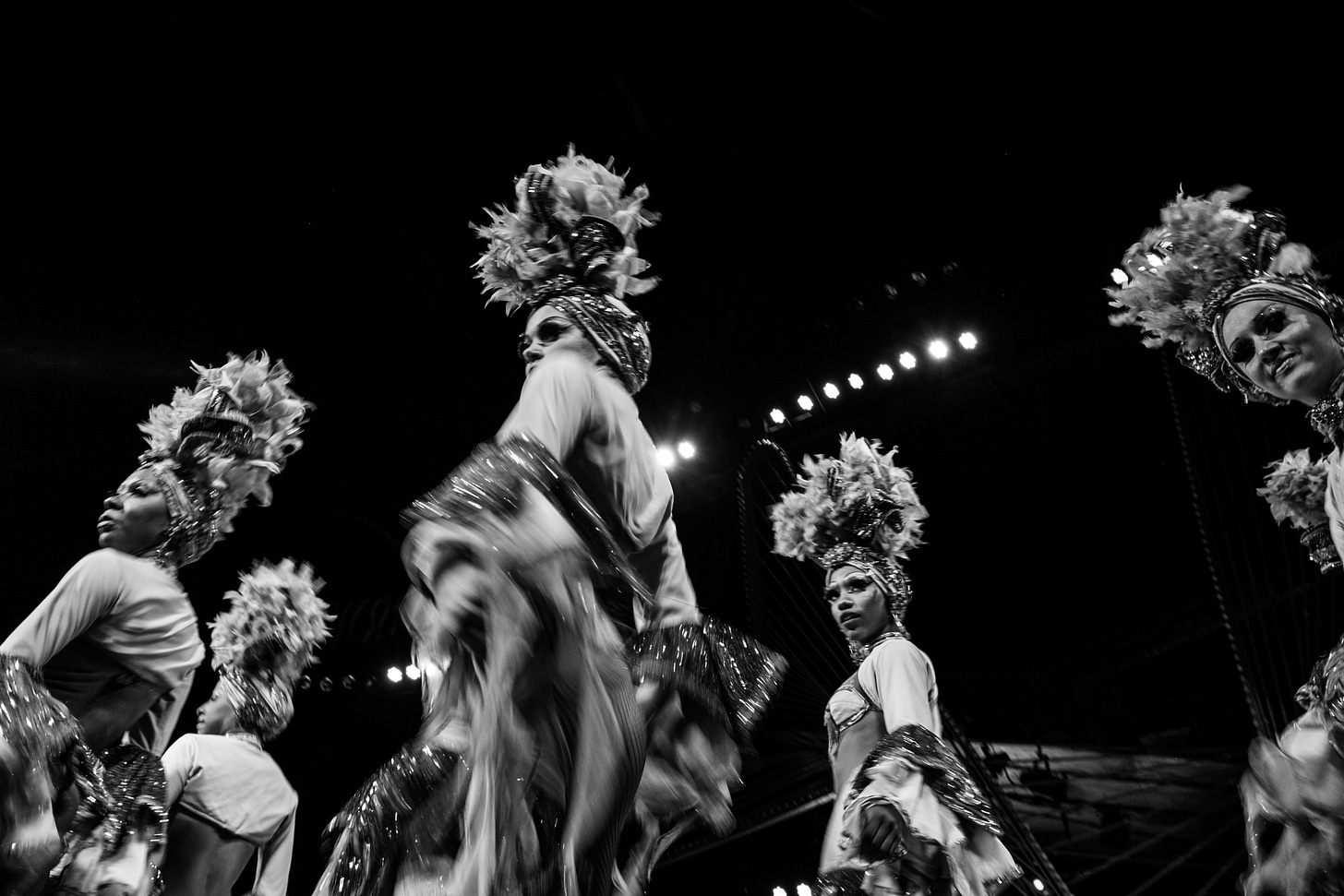Issue #14 | Five Favs with Mike Magers
Documentary photographer Michael Magers’ five favorite items in his home and closet “imbued with the heartbeat of their maker”
I met documentary photographer Michael Magers in the early spring of 2014 through the publication Roads & Kingdoms, where I was working as an editor and Mike contributed photos. We were at Jay Street Bar in Dumbo having drinks with colleagues when I told Mike about an idea I had: A group of people, including a former New York Knicks power forward named Jim Bostic, were trying to build a national basketball program in Haiti, the hard-bitten Caribbean nation still recovering from a horrible earthquake a few years before. I was planning to travel to Haiti to write the story. Mike asked if he could shoot it.
A few weeks later, we arrived in Port-au-Prince, Haiti’s capital, for a 10-day reporting trip. We spent a week embedded with the coaches and players of an upstart basketball league that played on outdoor courts around the capital. Then we went to the seaside city of Jacmel and did another piece on a burgeoning surfing community there. The basketball feature appeared in Bill Simmons’ Grantland (R.I.P.), and the surfing story in R&K.
Since then, Mike and I have traveled to China to report on the futile attempt to convince Americans to drink a vile Chinese spirit called baijiu; covered the youth scene in Havana for TIME; and, our favorite, did an investigation into the disappearance of Cuba’s most famous cabaret (read: sex show) performer in pre-Castro Havana, the man known simply as Superman, for Anthony Bourdain’s Dispatched series with R&K.
One thing that anyone who knows Mike can attest is that he has incredible taste. His home in Austin is filled with the most amazing craft pieces, artwork, photography, books, kitchen utensils, Korean skincare products, rugs, etc. etc. etc. from Japan, Morocco, Cuba, and all the many other countries Mike frequents. He simply has a great eye and he’s an expert on craftsmanship, which is also the primary focus of his photographic work.
I asked Mike to write a piece about his favorite things in his closet, and he suggested branching it out to include his five favorite items at home. Mike could actually write two-dozen of these lists he’s got so much cool stuff (and, Mike, I’m frankly shocked you didn’t include your record collection/HiFi set-up, which we both know are your most beloved possessions).
So we’ll call this the first of a series about Mike’s collection, from which we could all learn a thing or two. Over to you, Mike…
Michael Magers’ Five Favorite Things in His Home and Closet
Hello Front of Book readers, my name is Michael Magers, and I’m a documentary photographer and longtime collaborator of the esteemed Mr. Moxley. When he asked me to put together a little list of some of of my favorite items in my permanent collection, I panicked a tiny bit—while I firmly believe in focusing on fewer, better things, I find there are always more “better things,” and I’ve become somewhat of a minimal maximalist with large collections of records, Japanese ceramics, Moroccan rugs, etc, etc.
So in order to winnow a bit, I chose to focus on the intersection of craft and daily use. I’ve spent a good part of my career documenting makers around the world, such as my longterm project that documents Japanese Shokunin. My criteria for inclusion in this newsletter is near-everyday use objects that are imbued with the heartbeat of their maker. The deeper I go in the craft world, the more I see how far our collective reliance on single-serving and mass produced goods actually impacts the way with which we interact with objects and, consequently, reinforces the importance of handmade goods, not just as art objects, but as functional parts of our lives. So, down the rabbit hole we go…
Maison Bonnet Eyewear
The first thing I do when I roll out of bed is put on my glasses—my eyesight went when I was 8 years old, but it wasn’t until a friend turned me onto the incredible French craft house Maison Bonnet that I realized specs could be true fashion accessories, allowing me to change my look to fit my mood.
Now training their fifth generation of artisans, Maison Bonnet has made statement-defining bespoke eyewear for the likes of Yves-Saint Laurent, Audrey Hepburn, Le Corbusier, Sir Jony Ive, and a whole host of tastemakers since 1950. Each pair of glasses is custom designed for the client and depending on material (acetate, buffalo horn, even rare pre-ban tortoise shell) and can take up to nine months to make. I had the pleasure of photographing their artisans, and the amount of work that goes into a single pair is staggering. Whether I’m dressed up, down, or someplace in between, I know that I’ll always be wearing one completely unique, defining accessory in my Maison Bonnet eyewear.
Matcha Tea Bowl
For the past four years or so, I’ve started my day with a matcha—perhaps not surprisingly, this began as a consequence of collecting Chawan (or ceramic bowls for Japanese tea ceremony)—combined with a gentle nudge away from a morning coffee. I find the sustained buzz from matcha is smoother as I ease into my morning. Mostly, I love the ritual, primarily because I get to use all of these incredible handmade objects (from whisk to bowl) every single morning.
My current preferred tea bowl is from the ceramic artist Hoshino Sei and was purchased from legendary Kyoto pottery dealer Robert Yellin. The small tray I use for display is hand carved by Cyriaque Ambroise, a French artist and tree-climber who works with found wood. The cup is from lacquer artisans Wajima Kirimoto, a seventh-generation shop in Japan’s Noto prefecture. (Wajima, sadly, was ground zero for both lacquerware and the New Year’s Day earthquake and tsunami and many traditional workshops in the area have been badly damaged). The tea caddy is from Kaikado, a sixth-generation shop in Kyoto run by Takahiro Yagi.
Rolex Oyster Perpetual With Roman Numeral Dial
I’m not sure I would fully label myself a “watch guy,” but I have gone through phases of collecting and then thinning the herd. Before working professionally as a photographer, I was a commodity trader in New York during the early 2000s, and a watch could really be a status symbol (I remember lusting over one senior trader’s collection of Pateks). I started small—a vintage Omega Seamaster from the 1950s was my first—but I soon pared back my collection in favor of the “one watch” theory, i.e., the unification of all watch types (sport, dress, casual) in a single product. For me, that was my first Rolex, a very simple stainless steel Oyster with a rare Roman numeral dial. I’ve had it for nearly 20 years and it never goes out of style. I can truly wear it with anything and it is the definition of a daily driver.
Jay Kos/Scott O’Farrell Cowboy Hat
I recently moved to Austin, Texas, after nearly 19 years in New York, and even though I grew up in the Lone Star State, I never owned a cowboy hat (the hat game in Austin is a serious thing… not something to enter lightly). In fact, I didn’t think there was any way I could pull one off. However, my friend Jay Kos, fashion designer and provocateur extraordinaire—Jay’s clothes are almost beyond description in their coolness and sheer luxury and tend to be a few seasons ahead of the pack—did a collaboration with famed Santa Fe-based custom hat maker Scott O’Farrell. I was trying on clothes in Jay’s Soho boutique and on a whim grabbed this hat. It was as if it were perfectly made for me—distressed beaver, with a vintage beaded hatband, it just felt effortlessly cool and functional at the same time. I can now confidently roll out to anywhere from a honky-tonk to a charity event and always get compliments on my head ware.
Leica Q2 Monochrom
I would be remiss if I didn’t end this list with a camera, so my final item is my Leica Q2 Monochrom. I am, first and foremost, a black-and-white shooter, which means if I am not working with film, I have to convert color images into B&W in post production. However, only Leica could come up with a line of cameras that both manage to limit how you see the world and are also somehow more expensive than the more versatile color model. That said, the Monochrom is the closest thing I have found in the digital world to shooting black-and-white film, plus it is small, tactile, and completely unobtrusive, allowing me to work comfortably on the street, getting close to my subjects and being able to immediately pull images from my camera to my phone without almost any need to edit. A perfect integration of form and function and a masterpiece of design.
Photos by Michael Magers
Thank you, Mike. See you soon down in Austin.
Mitch
Question? Comment? Suggestion? Caught a typo? Email me at mitch.moxley@gmail.com





